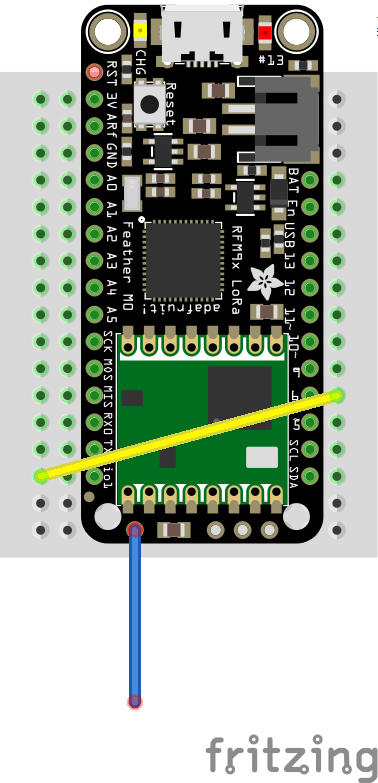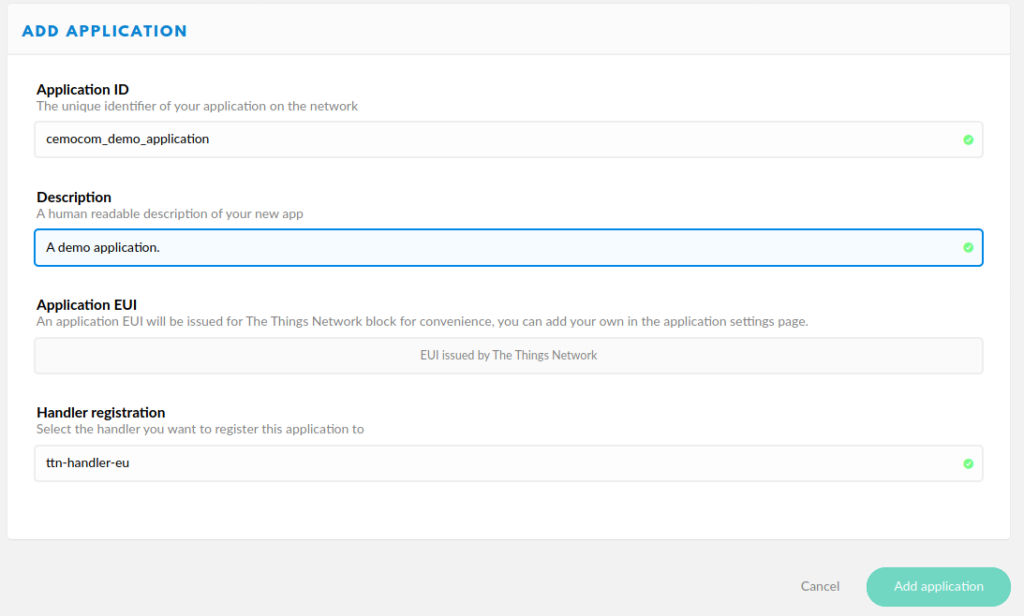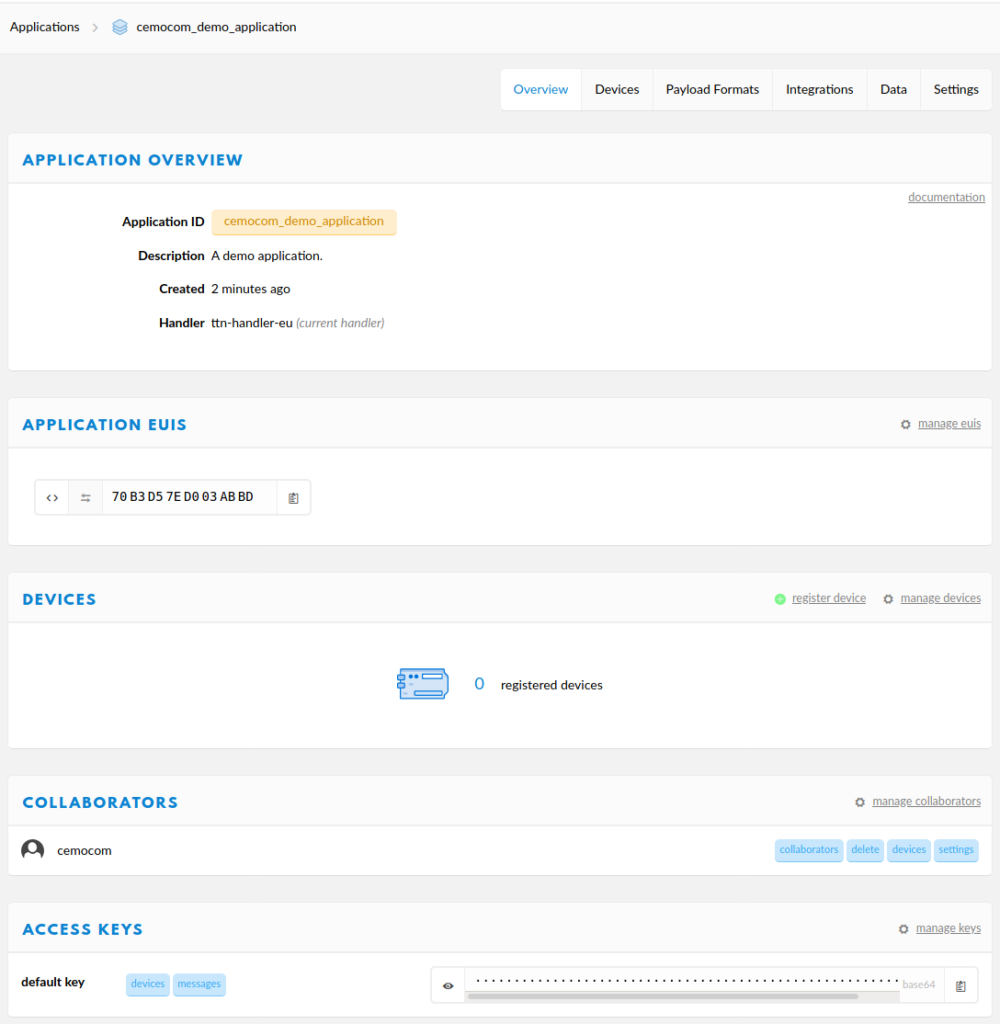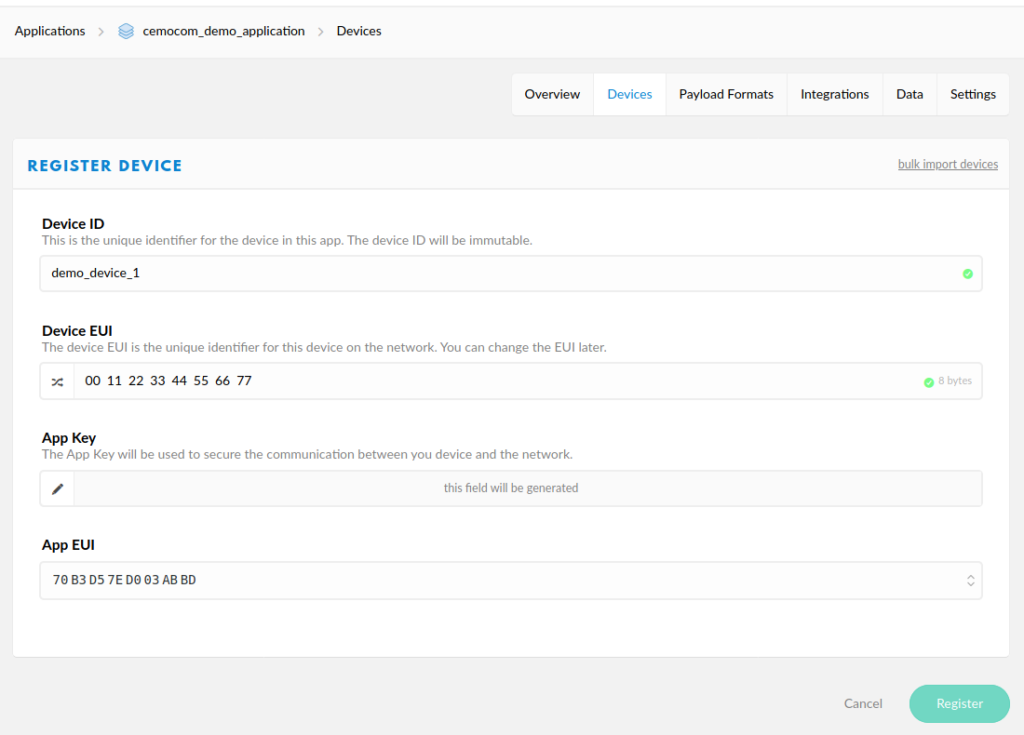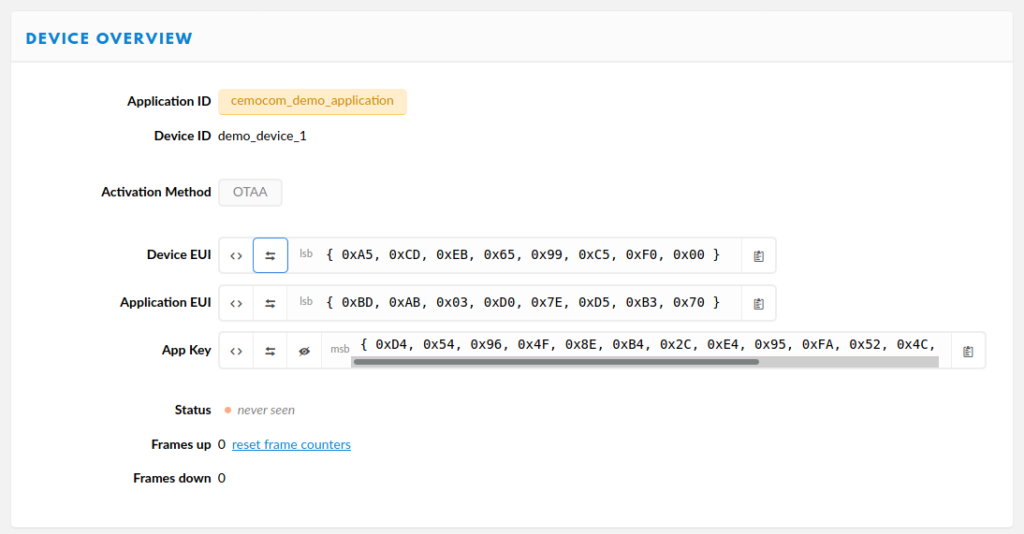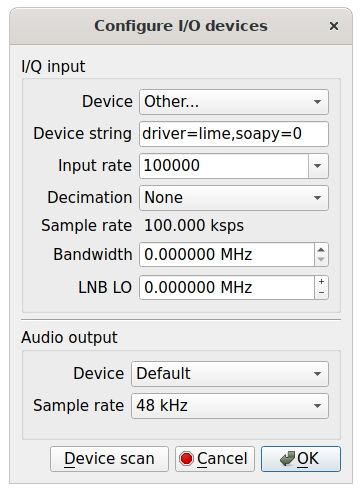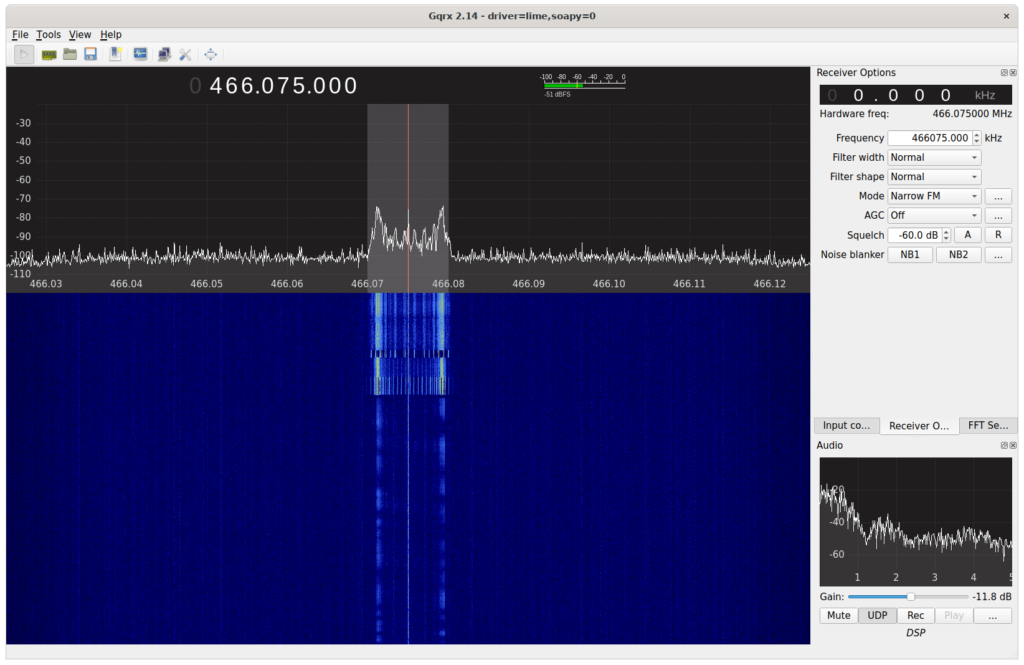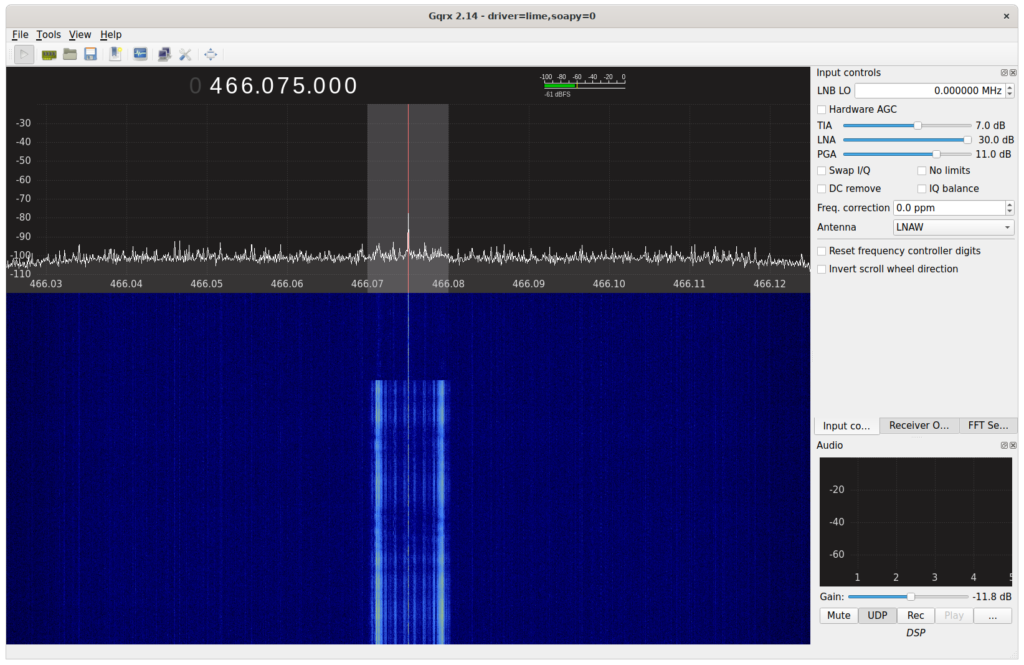Background
In a previous post we showed how to setup a new TheThingsNetwork gateway. After successfully building a gateway and connecting it to TTN, probably one of the most interesting information for gateway operators is how frequently the gateway is used. This information is available on the TheThingsNetwork Console, but of course we want to access this data via API so that we can use it in multiple ways. One option would be to create a Grafana dashboard and display the transmitted and received messages. TTN provides a public API, but there the interesting information is not included.
Reverse Engineering the TTN API
If we have a closer look on the requests the TTN console performs to display the number of transmitted messages, we can identify the following requests.
POST https://account.thethingsnetwork.org/api/v2/users/login
In this request we have to provide our credentials as body as {"username": "user", "password": "pass"}. After a successful response we also receive one session cookie for thethingsnetwork.org and two cookies for account.thethingsnetwork.org. With these cookies we can perform the second request.
GET https://console.thethingsnetwork.org
With this request we obtain three cookies for console.thethingsnetwork.org and we can directly perform the next request.
GET https://console.thethingsnetwork.org/refresh
This requests provides us the required JWT access token and its expiration data in its response. Using the token we obtain the gateway information in our last request.
GET https://console.thethingsnetwork.org/api/gateways
We have to use the access token from the previous request as bearer token and obtain the following JSON object.
[
{
"id": "eui-123",
"activated": false,
"frequency_plan": "EU_863_870",
"frequency_plan_url": "https://account.thethingsnetwork.org/api/v2/frequency-plans/EU_863_870",
"auto_update": false,
"location_public": true,
"status_public": true,
"owner_public": false,
"antenna_location": {
"longitude": 9.0,
"latitude": 48.0,
"altitude": 0
},
"collaborators": [
{
"username": "username",
"rights": [
"gateway:settings",
"gateway:collaborators",
"gateway:status",
"gateway:delete",
"gateway:location",
"gateway:owner",
"gateway:messages"
]
}
],
"key": "ttn-account-key",
"attributes": {
"brand": "Multi-channel Raspberry Pi gateway",
"model": "Raspberry Pi with IMST iC880A",
"placement": "indoor",
"description": "TTN Gateway"
},
"router": {
"id": "ttn-router-eu",
"address": "eu.thethings.network:1901",
"mqtt_address": "mqtts://bridge.eu.thethings.network:8882"
},
"fallback_routers": [
{
"id": "ttn-router-asia-se",
"address": "asia-se.thethings.network:1901",
"mqtt_address": "mqtts://bridge.asia-se.thethings.network"
},
{
"id": "ttn-router-us-west",
"address": "us-west.thethings.network:1901",
"mqtt_address": "mqtts://bridge.us-west.thethings.network"
},
{
"id": "ttn-router-brazil",
"address": "brazil.thethings.network:1901",
"mqtt_address": "mqtts://bridge.brazil.thethings.network"
}
],
"beta_updates": false,
"owner": {
"id": "",
"username": ""
},
"rights": null,
"status": {
"timestamp": "2020-12-14T20:05:14.926987683Z",
"uplink": 30,
"downlink": 8,
"location": {},
"gps": {},
"time": 1607976314926987683,
"rx_ok": 30,
"tx_in": 8
}
}
]
The interesting information is the status section at the bottom of the JSON response, which shows the total number of transmitted uplink and downlink messages.
Prometheus TTN Gateway Exporter
Using the information we have gathered so far, we can build a simple Prometheus exporter written in Python. The exporter performs the requests shown in the previous section and exposes the the number of uplink and downlink messages. For this a Web server provided by the prometheus_client library is used. This library also allows us the expose the TTN gateway statistics in a format that can directly be scraped by Prometheus. The source is shown in the following. Please note that the implementation has several limitations. E.g. only one gateway is supported at the moment.
import datetime
import random
import signal
import threading
import requests
from absl import app
from absl import flags
from absl import logging
from cachetools import cached, TTLCache
from prometheus_client import start_wsgi_server, Gauge
FLAGS = flags.FLAGS
flags.DEFINE_string('listen', ':9714', 'Address:port to listen on')
flags.DEFINE_string('username', None, 'Username to authenticate with')
flags.DEFINE_string('password', None, 'Password to authenticate with')
flags.DEFINE_bool('verbose', False, 'Enable verbose logging')
exit_app = threading.Event()
TOKEN = None
EXPIRES = None
def get_token(session):
global TOKEN
global EXPIRES
logging.debug('get_token')
now = datetime.datetime.now()
if TOKEN and EXPIRES and EXPIRES > now:
logging.debug('reuse existing token')
return TOKEN
else:
logging.debug('get new token')
login = {'username': FLAGS.username, 'password': FLAGS.password}
res = session.post('https://account.thethingsnetwork.org/api/v2/users/login', data=login)
res = session.get('https://console.thethingsnetwork.org')
res = session.get('https://console.thethingsnetwork.org/refresh')
json = res.json()
TOKEN = json['access_token']
EXPIRES = datetime.datetime.fromtimestamp(json['expires'] / 1000)
return TOKEN
cache = TTLCache(maxsize=200, ttl=10)
def hashkey(*args, **kwargs):
return args[0]
@cached(cache, key=hashkey)
def collect_metrics(metric):
logging.debug('collect_metrics %s' % metric)
session = requests.Session()
local_token = get_token(session)
header = {'Authorization': 'Bearer ' + local_token}
res = session.get('https://console.thethingsnetwork.org/api/gateways', headers=header)
gateways = res.json()
gateway = gateways[0]
if metric == 'uplink':
return gateway['status']['uplink']
elif metric == 'downlink':
return gateway['status']['downlink']
return random.random()
def prepare_metrics():
logging.debug('prepare metrics')
for metric in ['uplink', 'downlink']:
g = Gauge('ttn_gateway_%s' % metric, 'Number of %s messages processed by the gateway' % metric)
g.set_function(lambda m=metric: collect_metrics(m))
def quit_app(unused_signo, unused_frame):
exit_app.set()
def main(unused_argv):
if FLAGS.verbose:
logging.set_verbosity(logging.DEBUG)
if FLAGS.username is None or FLAGS.password is None:
logging.error('Provide username and password!')
exit(-1)
logging.info(FLAGS.password)
prepare_metrics()
address, port = FLAGS.listen.rsplit(':', 1)
start_wsgi_server(port=int(port), addr=address)
logging.info(f'Listening on {FLAGS.listen}')
for sig in (signal.SIGTERM, signal.SIGINT, signal.SIGHUP):
signal.signal(sig, quit_app)
exit_app.wait()
if __name__ == '__main__':
app.run(main)
To execute the Python script a few requirements have to be met. These are:
absl-py
requests
prometheus_client
cachetools
After installing the requirements, the script can be executed with python ttn-gateway-exporter.py --username user --password pass. By default it listens on port 9714 on all network interfaces of the local machine. You are now able to access the metrics on http://localhost:9714. Besides the TTN statistics, named ttn_gateway_uplink and ttn_gateway_downlink also the Prometheus Python library returns also information about the process itself. An example output is shown below.
# HELP python_gc_objects_collected_total Objects collected during gc
# TYPE python_gc_objects_collected_total counter
python_gc_objects_collected_total{generation="0"} 7468.0
python_gc_objects_collected_total{generation="1"} 3830.0
python_gc_objects_collected_total{generation="2"} 0.0
# HELP python_gc_objects_uncollectable_total Uncollectable object found during GC
# TYPE python_gc_objects_uncollectable_total counter
python_gc_objects_uncollectable_total{generation="0"} 0.0
python_gc_objects_uncollectable_total{generation="1"} 0.0
python_gc_objects_uncollectable_total{generation="2"} 0.0
# HELP python_gc_collections_total Number of times this generation was collected
# TYPE python_gc_collections_total counter
python_gc_collections_total{generation="0"} 83.0
python_gc_collections_total{generation="1"} 7.0
python_gc_collections_total{generation="2"} 0.0
# HELP python_info Python platform information
# TYPE python_info gauge
python_info{implementation="CPython",major="3",minor="7",patchlevel="3",version="3.7.3"} 1.0
# HELP process_virtual_memory_bytes Virtual memory size in bytes.
# TYPE process_virtual_memory_bytes gauge
process_virtual_memory_bytes 8.8424448e+07
# HELP process_resident_memory_bytes Resident memory size in bytes.
# TYPE process_resident_memory_bytes gauge
process_resident_memory_bytes 3.2833536e+07
# HELP process_start_time_seconds Start time of the process since unix epoch in seconds.
# TYPE process_start_time_seconds gauge
process_start_time_seconds 1.60797857466e+09
# HELP process_cpu_seconds_total Total user and system CPU time spent in seconds.
# TYPE process_cpu_seconds_total counter
process_cpu_seconds_total 3364.25
# HELP process_open_fds Number of open file descriptors.
# TYPE process_open_fds gauge
process_open_fds 24.0
# HELP process_max_fds Maximum number of open file descriptors.
# TYPE process_max_fds gauge
process_max_fds 1024.0
# HELP ttn_gateway_uplink Number of uplink messages processed by the gateway
# TYPE ttn_gateway_uplink gauge
ttn_gateway_uplink 33.0
# HELP ttn_gateway_downlink Number of downlink messages processed by the gateway
# TYPE ttn_gateway_downlink gauge
ttn_gateway_downlink 9.0
Outlook
In the future an improved version of the Prometheus exporter might be provided. For now just use the shared code snippets and adapt them to your needs.
